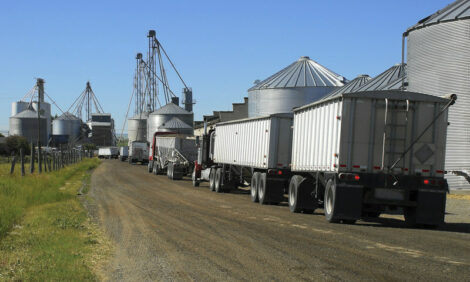|
Need a Product or service?
|
|
 |
 |
Mandated by the U.S. Congress in 1990, the NAGP is located at ARS' National Center for Genetic Resources Preservation. Its first germplasm entry was 40 chicken lines cataloged in 2000. Consolidations in several meat-animal industries have led to concerns about there being less genetic diversity in swine.
By collecting swine germplasm, NAGP will help provide breeders the genetic tools needed to develop animals with important traits, such as disease resistance. Work is under way on a national swine breed survey.
NAGP researchers are looking for ways to improve use of super-cold temperatures to preserve germplasm. Today's cryopreservation techniques result in very low conception rates and small litter size compared to industry norms. The scientists want to improve long-term germplasm storage and better understand how it affects sperm and embryo viability. They will also study proper storage of germplasm for beef and dairy cattle, small ruminants, and aquacultured species.
Source: USDA Agricultural Research Service, Agricultural Research Magazine - March 2003



















